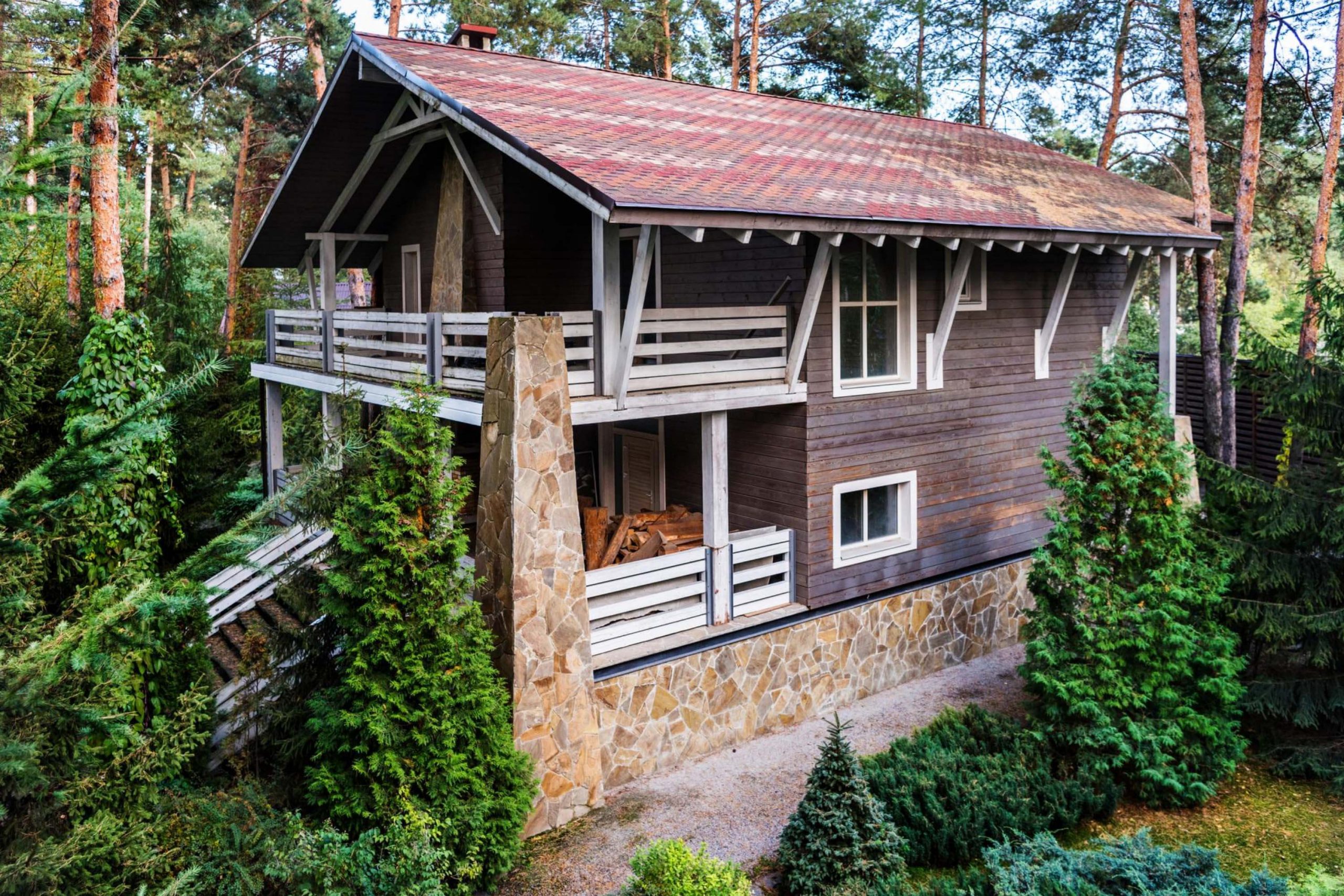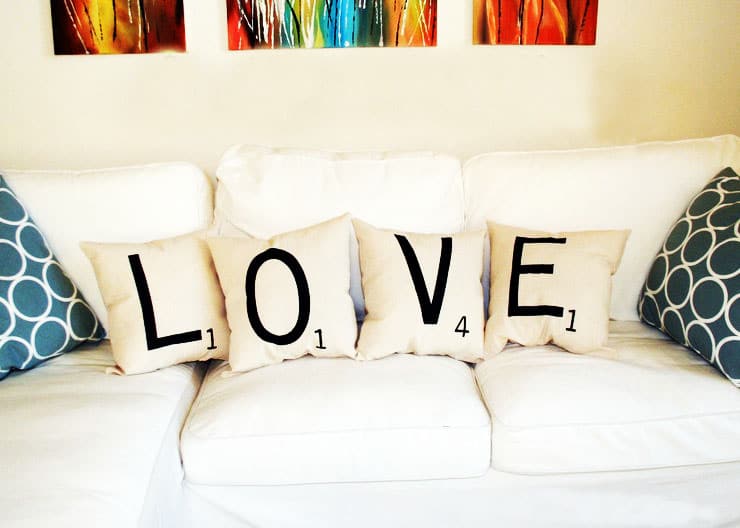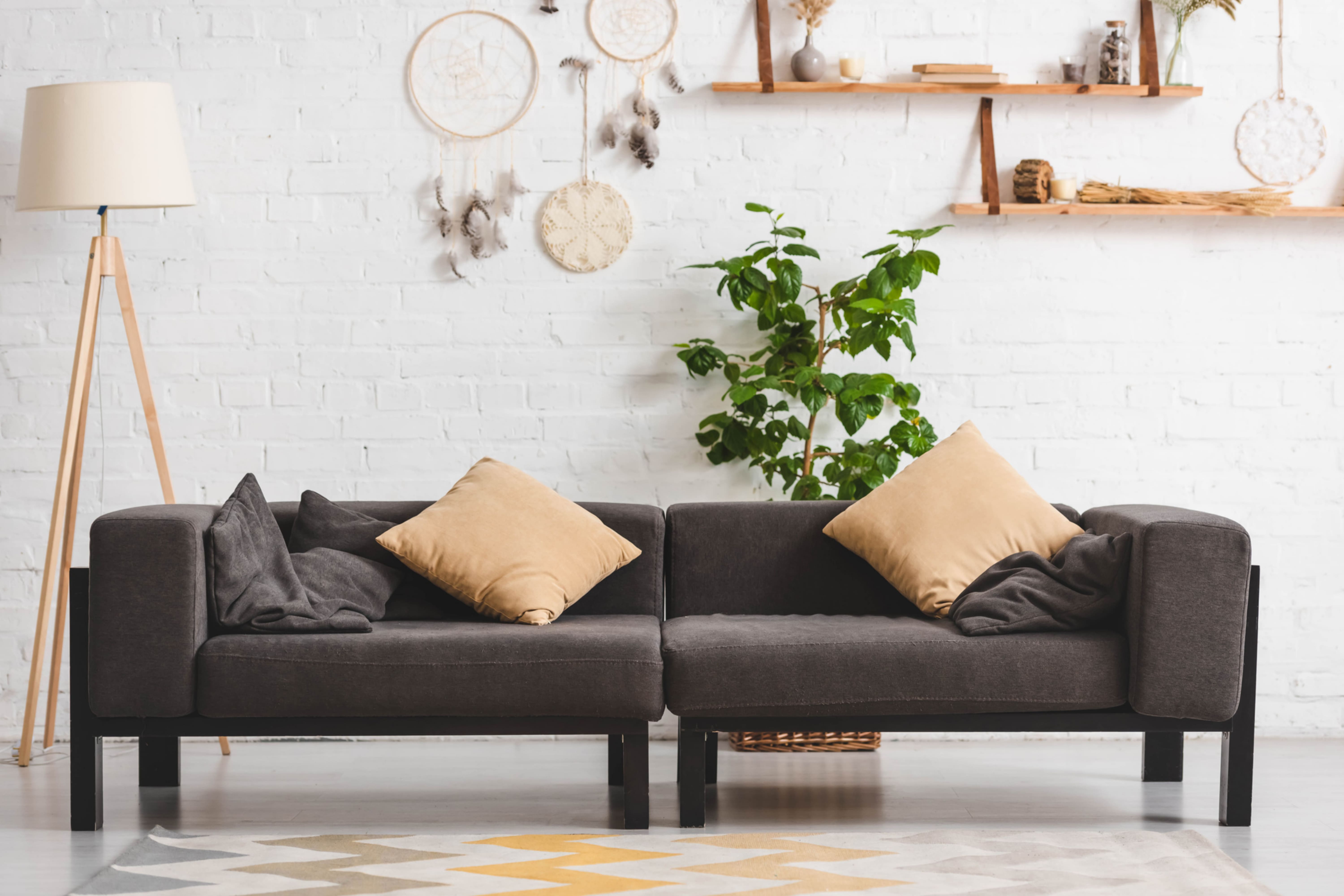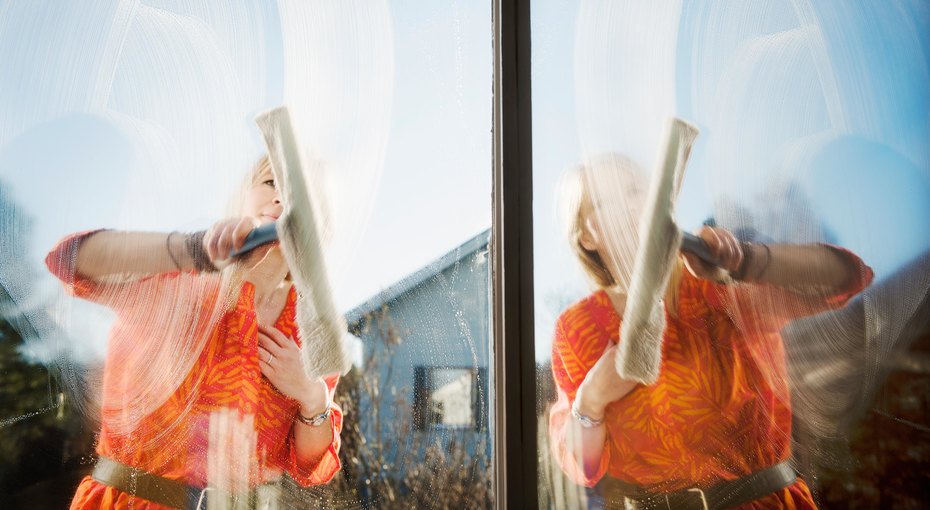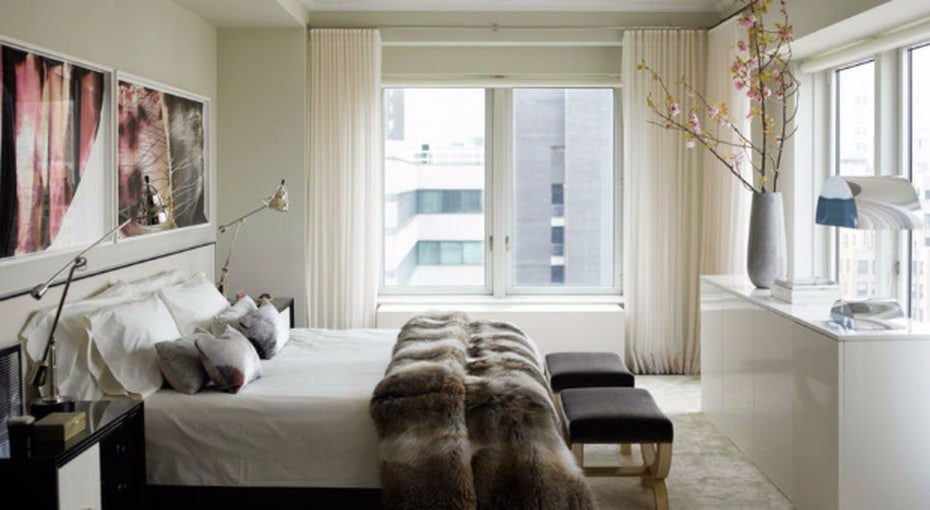Your home is a reflection of your tastes, your lifestyle, and your style. Foundational factors aside, your decor can be influenced by the essence and personality of your surroundings. Matching up home design to location or area is tricky, but using these tips on how to do so definitely helps.
Pay Attention to the Elements That Make Your Location Special
Living by the water is different than living in the mountains, and both have their distinct advantages.
If you’re building or remodeling, consider what makes your area unique and how your design could reflect that uniqueness.
If you live near a historic site, try to incorporate architectural elements that would have been used in the area during that period.
And if you live near water, consider using materials and designs found in coastal architecture.
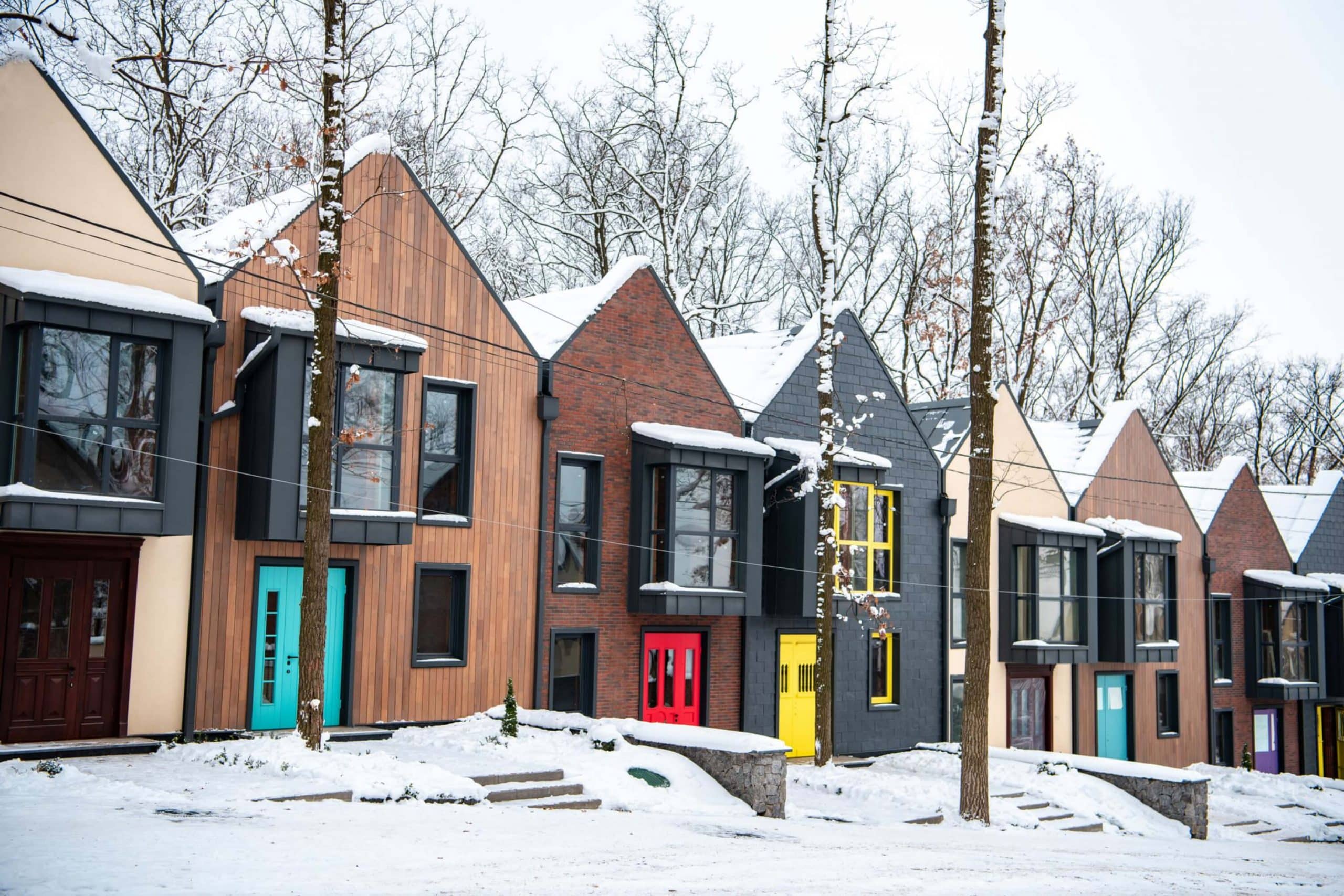
Build for the Weather
The weather in your area can significantly impact how comfortable and energy-efficient your home will be.
Take the time to learn what the average temperatures are like in different seasons; pay attention to wind patterns if you live in an area prone to hurricanes or cyclones, and consider what natural disasters may occur and what impact they could have on your home.
This will give you an idea of what aspects of design are most important to focus on.
For instance, if you live somewhere with extreme heat during the summer months, you might want to install air conditioning and prioritize insulation and window placement.
And if you live somewhere with heavy snowfall, sturdier construction and larger roof overhangs can help keep the snow off your windows.
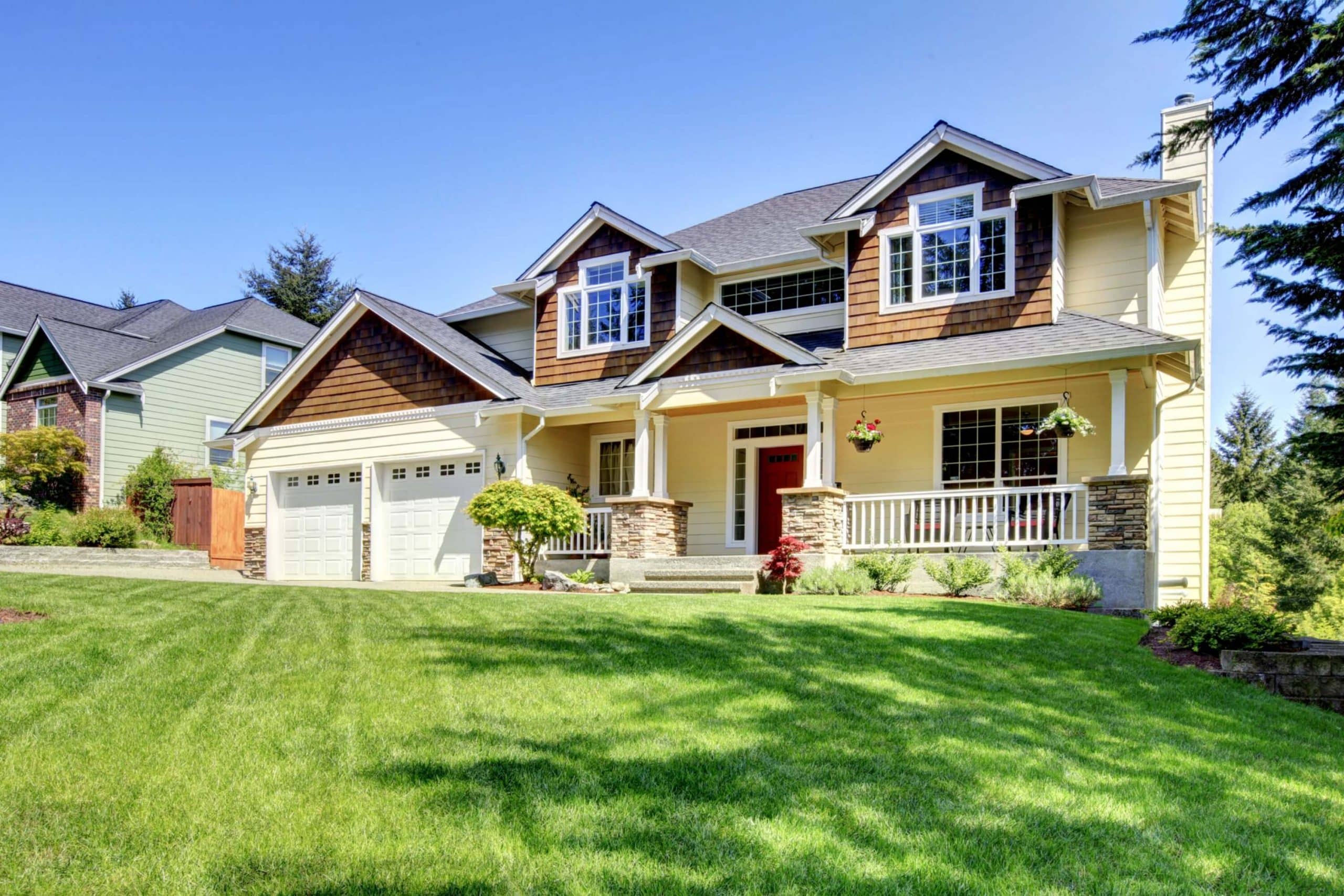
Go for a Native-Inspired Landscape
Adaption takes many forms — including adapting landscaping and gardens to suit local conditions.
Find out what plants do best in your region. Ask a professional landscaper or horticulturist to help create gardens that take advantage of local conditions while providing a beautiful space for unwinding and entertaining guests.
Native plants have adapted to their environment over thousands of years, meaning they require less water and maintenance than non-native species.
Choose Locally Sourced Materials Whenever Possible
Using materials from your local area — natural stone or manufactured siding that reflects the local architecture, for example — helps tie your home into its surroundings and demonstrates an awareness of local issues like environmental sustainability and conservation.
Detect the Distinctive Color Scheme in Your Location
In some cases, this might be a bit difficult if you live in urban areas with little vegetation around. But pay attention to the color of sand, rocks, and any other natural materials common in your area. You can also use plants as an inspiration for colors.
If you live near mountains or beaches, they can provide a distinct color palette for your home design. If you live in a neighborhood where all the homes have white exteriors with muted blue accents, consider using similar colors on your residence to fit in with the rest of the area’s aesthetic.
Even if your taste calls for bolder colors, you should try to incorporate some neutrals so your home blends in your neighborhood.
Most importantly, use color psychology to make the most of your space and create a more visually appealing look for your home. Colors evoke different emotions and have psychological effects on us.
Choosing a palette that matches nature’s distinctive color scheme can help you find just the right look for your home.
Consider the Neighborhood
The style of your new home should match the neighborhood. If your neighbors have all built homes that resemble Victorian-era Queen Anne houses, building a modern ranch house would be out of place.
Instead, build a home that fits in with the neighborhood by incorporating some of the elements of your neighbors’ existing homes into your design.
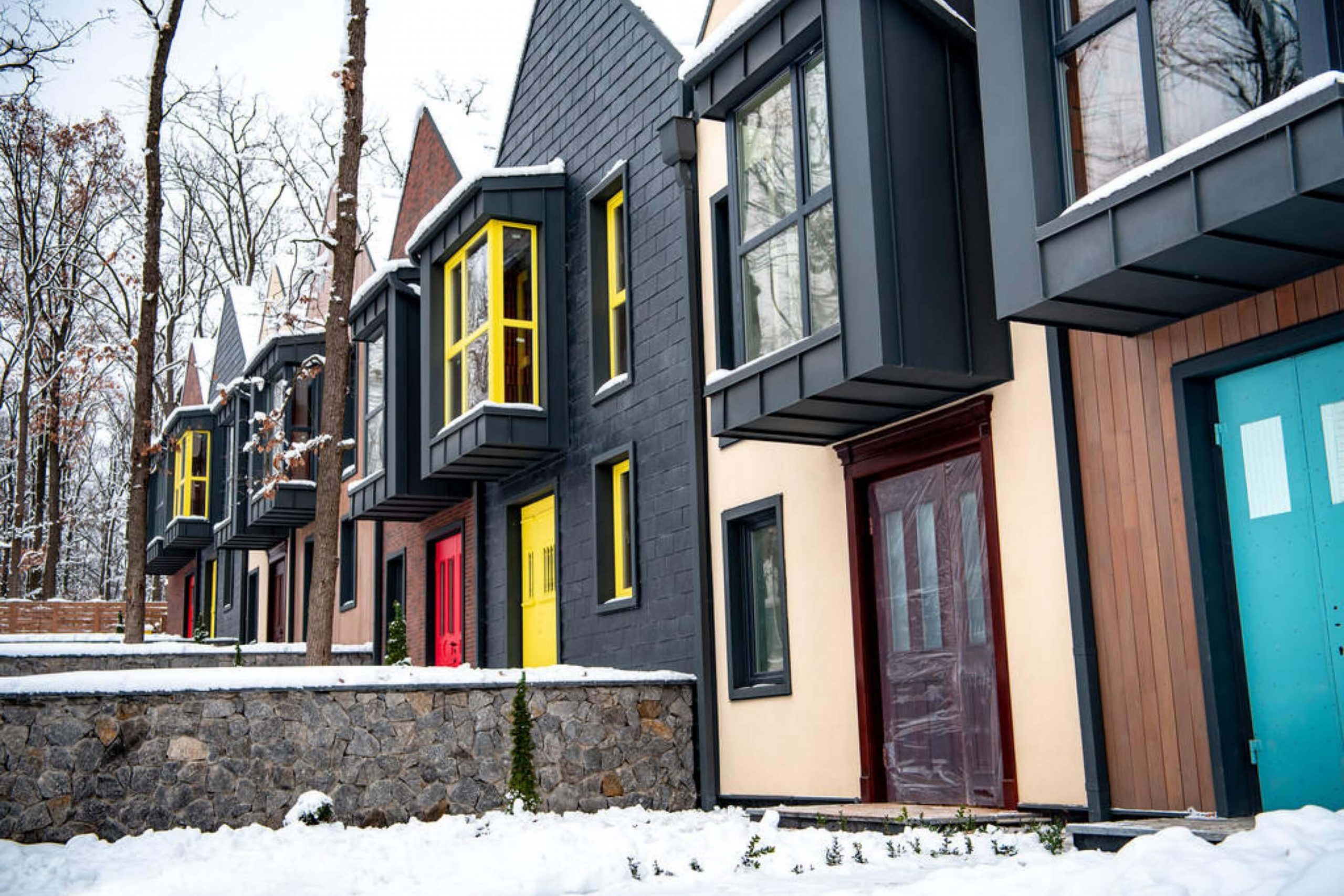
Match Your Home’s Size to Its Location
The size of your new home should be appropriate for its location.
If you live in an area where homes are large, don’t build a tiny one. Likewise, if most of the homes in the area are small, don’t build a massive one as it will look out of place.
Having a house with too many bedrooms in an area where most houses have two or three bedrooms can be difficult when it comes time to sell because there will be fewer potential buyers looking for larger homes than smaller ones.
Look for Decorative Accents That Typify the Architectural Style Common in Your Location
Some cities have a distinct style of architecture that sets them apart from neighboring areas. This can be due to several factors, including weather and historical influence.
For example, Spanish-style homes are very common in Southern California, especially among older houses in Los Angeles County. Meanwhile, Mid-Century Modern design is popular throughout Palm Springs.
Matching the architectural style of neighboring homes can help your house blend in.
If you’re building a new home, echoing the general style (like the roofline) can give your house a similar feel without being an exact copy — a definite plus in many municipalities.
And if you’re buying an existing home and planning on remodeling it into something more modern, that’s fine, but be sure to keep up appearances on the outside, so it doesn’t look like a sore thumb in the neighborhood.
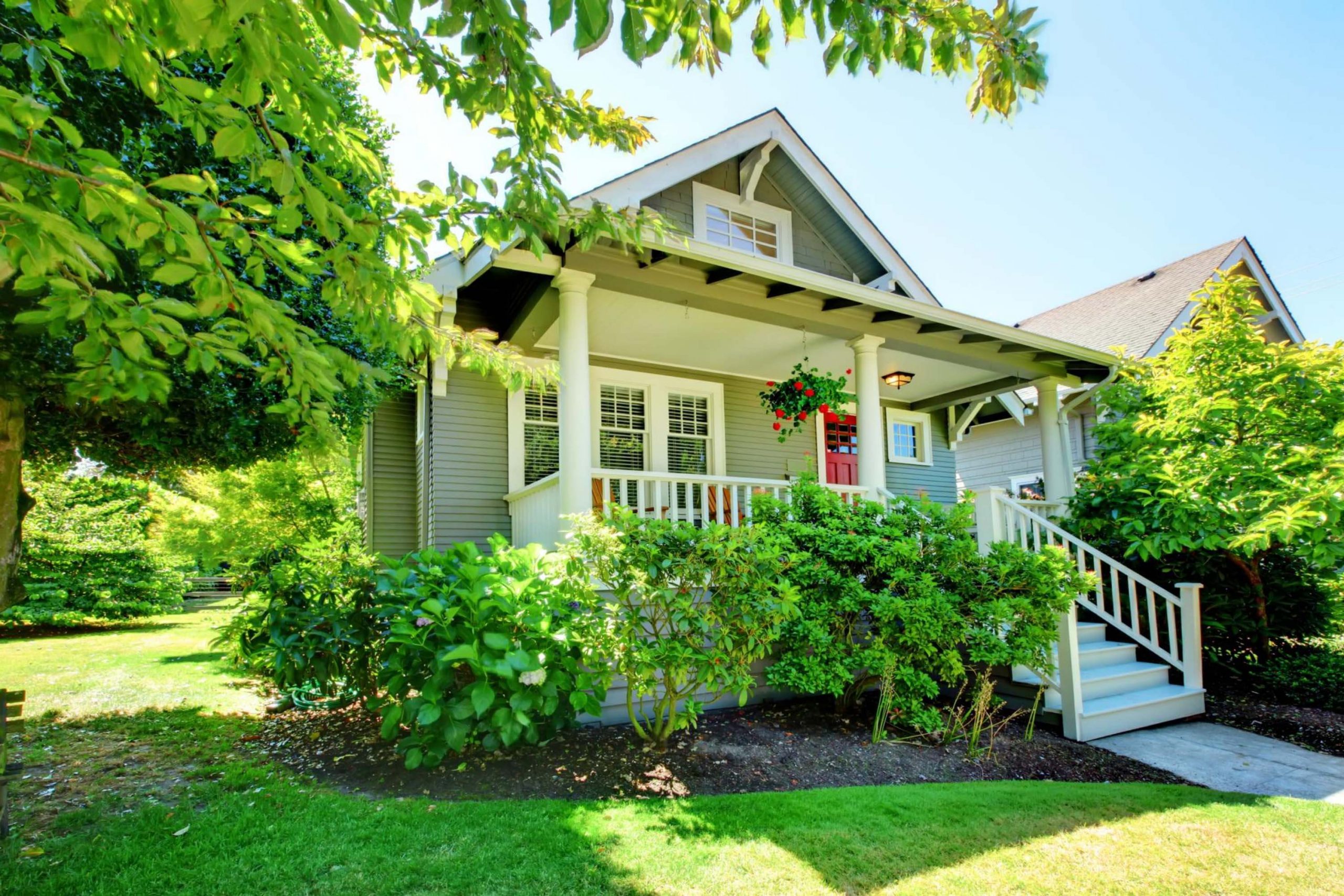
Research Local Zoning Restrictions Before Building
Every city has different rules about what you can and can’t build.
Before you fall in love with that dream home design, find out if it’s even possible in your area. For example, some cities have height restrictions — especially near airports — which can make tall structures impossible.
Others have rules about how much of your property can be occupied by the house and other structures like garages and sheds.
Others still have rules about how close to the street or sidewalk you can build — which impacts designs with wide front steps or garage doors facing the street.
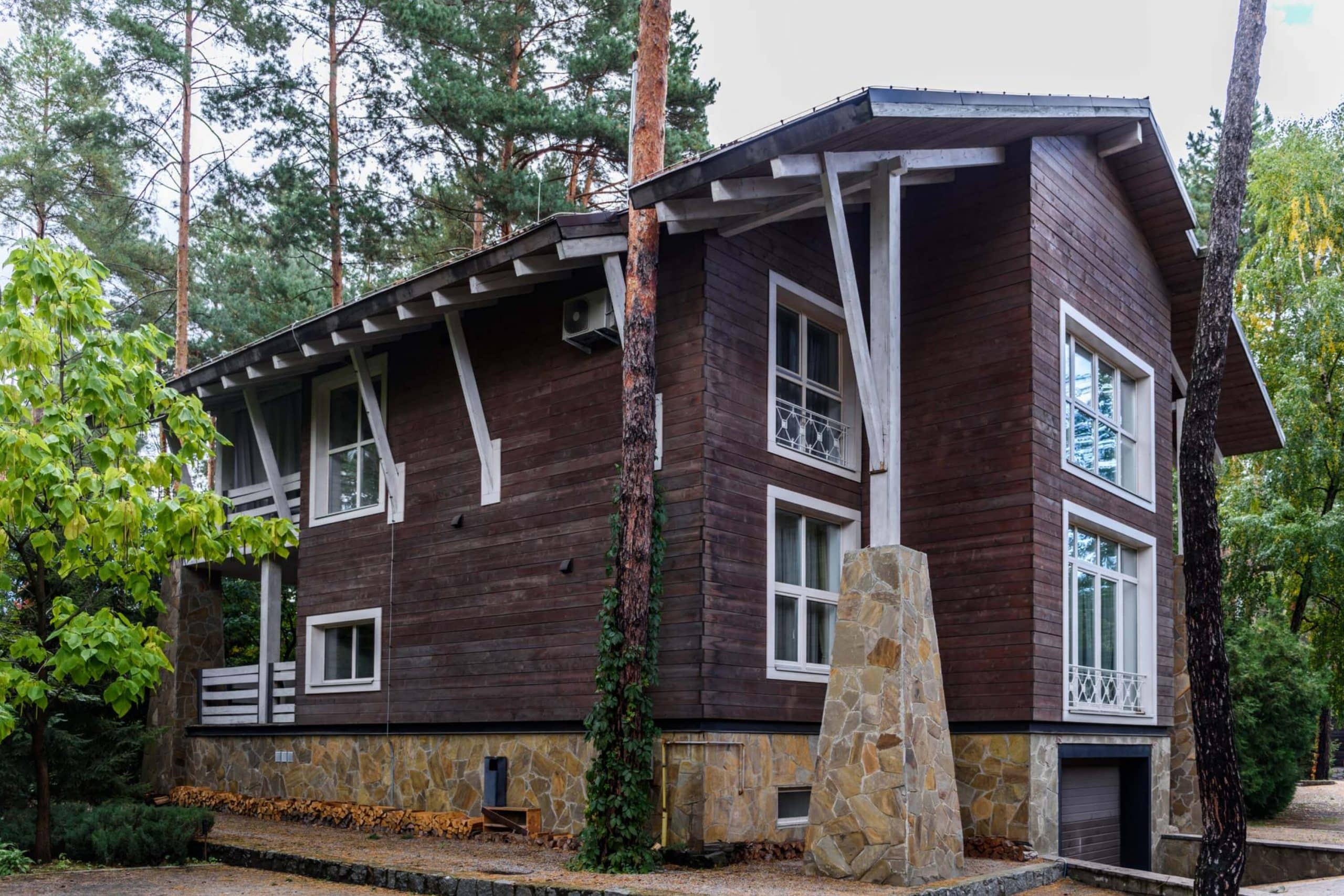
Takeaway
Incorporating the natural and artificial scenery of where you live can help give your space some extra personality—whether it’s a reflection of you, your partner, or even your pet. That’s not to say that you should try to force these elements into your design.
Instead, you should use them as jumping-off points to create something beautiful and unique that’s entirely your own.

